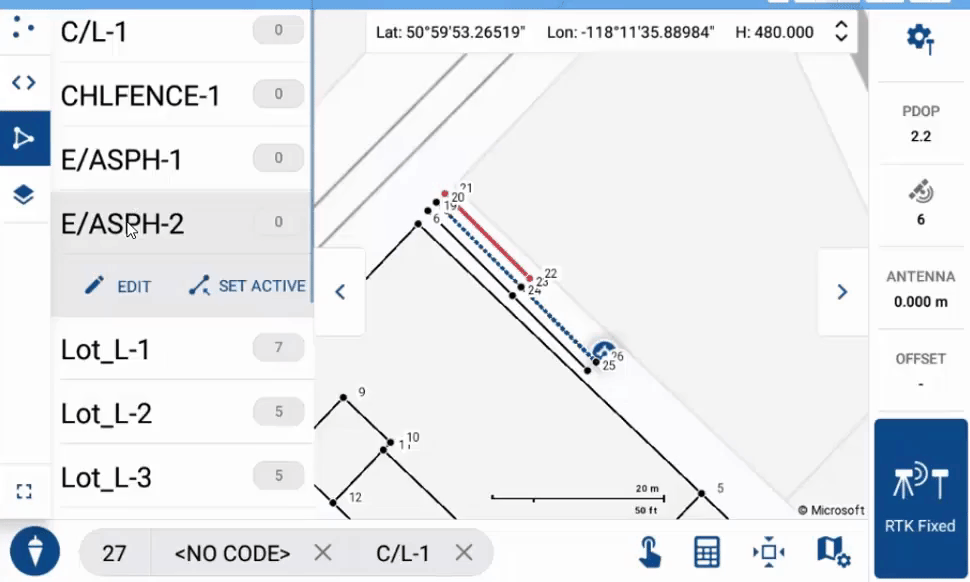It’s not something you often think about, but location services are probably one of the most-used features on your smartphone. A multitude of apps—from Pokémon GO to Snapchat—rely on your location to personalize your experience and provide you with more features. Of course, this goes beyond just casual app usage. Accurate location is everything when you’re driving around a big city looking for a parking space. Unfortunately, when it comes to the vast majority of modern devices, accurate location is not something you can be 100% sure of.
Single vs. Dual-Frequency GNSS
Your phone determines its position by listening to radio signals from satellites in outer space, or Global Satellite Navigation Systems (GNSS). The norm in today’s smartphone market is single-frequency GNSS. In essence, what this means is that your smartphone tracks a single radio signal from each satellite. However, single-frequency GNSS is prone to multipath errors. Multipath errors occur when a signal bounces off of large objects such as buildings, resulting in multiple “echo” signals reaching the device. This can result in inaccuracies of around 5 meters. In real-world terms, what this means is that in big cities, your mapping app may not be able to tell exactly which street you’re on. While better quality antennae can be more accurate, it’s common for your phone to report incorrect locations in built-up areas due to multipath errors.
So how does dual-frequency GNSS rectify this issue? The short answer is two is better than one. Instead of relying on just one signal to determine your location, devices track more than one signal from each satellite, each on a different radio frequency. For Americans with the GPS systems, the frequencies are called L1 and L5. For Europeans with the Galileo satellites, the frequencies are called E1 and E5a. While most current devices only use the L1/E1 frequency, dual-frequency-enabled devices make use of both. The L5/E5a signals are more advanced, and thus less prone to multipath errors. They can be used to refine position accuracy to as low as 30cm (versus the 5m mentioned earlier).


